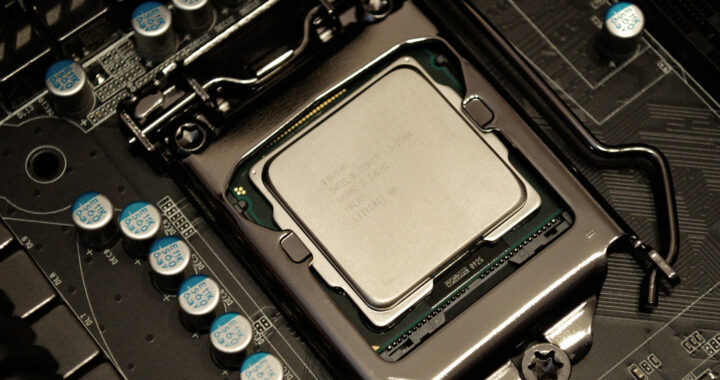Modern central processing units or CPUs are based on a multi-core architecture to fully maximize the benefits of parallel computing and multithreading. However, despite having several or multiple cores, the performance of a particular CPU is determined by how its performance under a single core or while using multiple cores. There are software applications that only work in single-core and there are others that utilize multiple cores. This article highlights the main difference between single-core performance and multi-core performance.
Explaining the Difference Between Single-Core Performance and Multi-Core Performance
The difference between single-core performance and multi-core performance lies in how a CPU handles tasks and its implications for the type of applications they are best suited for. This stems from the fact that there are applications that can only use a single core or are designed to maximize a single core and there are others that take advantage of multiple cores.
Definitions
Single-core performance refers to the performance of a single CPU core when processing tasks. Hence, when measured, it indicates how efficient the processor handles tasks or runs applications that depend primarily on one core.
On the other hand, when it comes to multi-core performance, it refers to the performance of a CPU when utilizing all available cores to complete tasks. Measuring it reflects how well a processor can distribute work across multiple cores.
Examples
There are software programs or applications designed to run mostly on a single core and do not split tasks into smaller parts that can run on multiple cores simultaneously. These applications have tasks that are sequential or not easily parallelized.
Older software programs are primarily based on a single-core architecture. There is still a handful of modern applications that use a single core and single thread for the simplest reason that using multi-threading via multi-core processing is not as efficient.
There are also applications that can divide their work into smaller tasks and run in parallel across multiple cores. They are designed primarily for multi-core architecture and multi-threading. These applications perform better with a high multi-core performance.
Notable examples of software programs and use cases designed for multi-core architecture include photo editing and three-dimensional or rendering, video editing, software development scientific simulations, and data processing applications.
Factors
The key factors that determine single-core performance are clock speed, instruction per clock, and architecture improvements. Modern CPU architectures have one prime core or a limited number of high-performing cores for better single-core processing.
Multi-core performance is determined by the number of cores, the clock speed of each core, thread management, and software optimization. There are applications optimized to use a prime core for heavier tasks and offload others in power-efficient cores.
In a Nutshell: Understanding Single-Core Performance vs Multi-Core Performance
Remember that the main difference between single-core performance and multi-core performance lies in how well a CPU utilizes either a single-core architecture or its multi-core architecture. A single-core performance result indicates how well a single core of a CPU can handle a task while a multi-core performance result shows how well it uses multiple cores at the same time.
Single-core performance excels when software relies on one core and prioritizes clock speed and core efficiency. It is critical for applications designed for single-threaded processing. Multi-core performance takes center stage when tasks can be spread across several processor cores. It is important for parallel computing and modern applications optimized for multiple threads.
Programs or applications that cannot easily divide tasks or are optimized to use only one core perform better with high single-core performance or a CPU architecture with at least a single prime or higher-clocked core on top of other cores. Applications that are designed to run in parallel perform better with high multi-core performance or a CPU with different core specifications.
